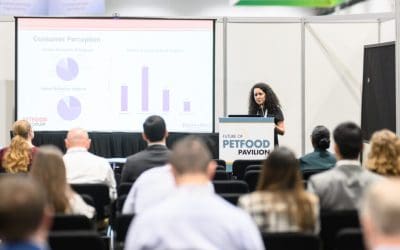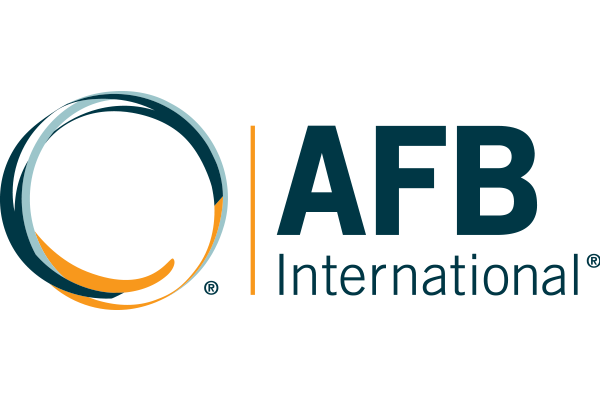Why attend Petfood Forum?
Petfood Forum is designed to empower pet food professionals by providing a 360-degree view of the industry. It’s the only event 100% dedicated to pet food. Petfood Forum is the leading conference and exhibition for education on the latest consumer trends and industry innovations. Attendees walk away with practical knowledge and strategies to navigate the evolving landscape of pet food processing, distribution, marketing and sales – ensuring they remain competitive in the dynamic pet food market.
For over 30 years, pet food professionals have attended Petfood Forum to develop careers, expand networks, discover new ideas and identify market opportunities. Register today to experience a fully focused, pet food industry-specific event!
Petfood Forum 2026 Sponsors
Connect with a highly engaged audience, expand your reach and make meaningful connections by partnering with Petfood Forum. No matter the budget our team can create a package that fits your goals.
Featured Announcements
Petfood Forum 2026 Student Program seeks academic research abstracts
Undergraduate, graduate students invited to submit noncommercial abstracts for oral presentations and posters by January 31, 2026
Premium trends, brand evangelism take center stage at Petfood Forum 2026
Kevin Ryan, Ph.D., (pictured) and Ryan Estis will deliver keynote presentations at Petfood Forum 2026, addressing premium trends and customer experience strategies for pet food professionals.
Petfood Essentials 2026 to focus on business optimization
Interactive preconference seminar to Petfood Forum will explore cost control strategies and operational streamlining for pet food companies.








